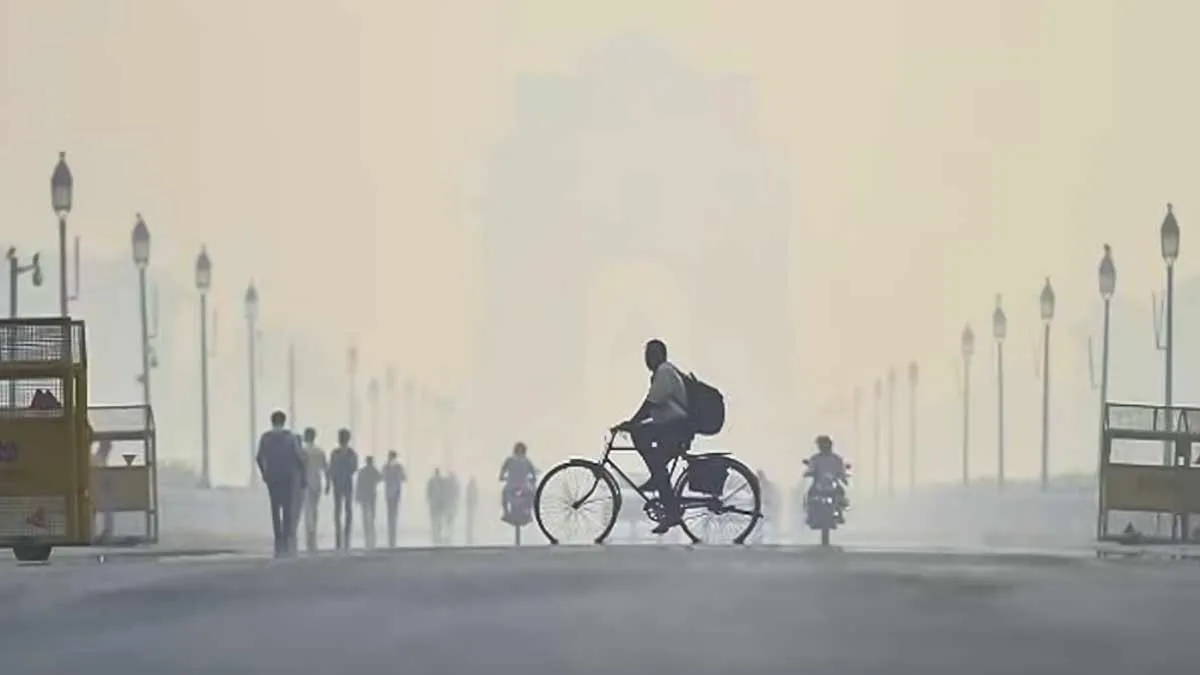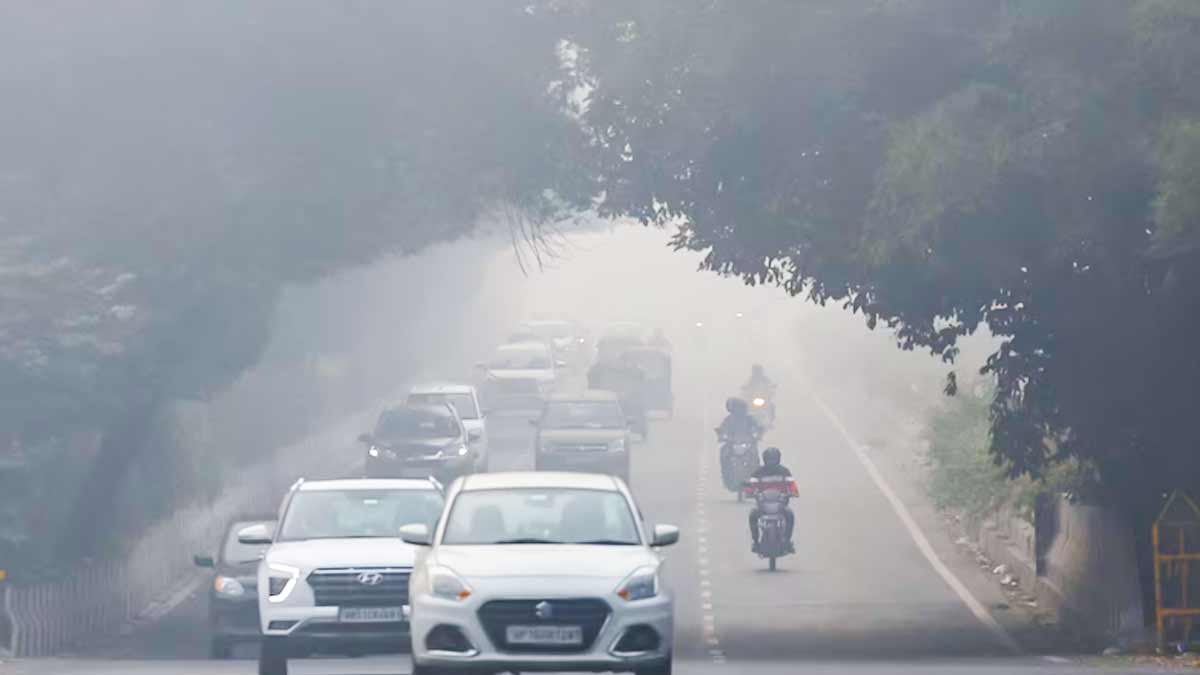
Air pollution has long plagued Delhi, consistently ranking the city among the most polluted globally. A detailed seven-year analysis by the Indian Institute of Technology (IIT) Kanpur sheds light on the worsening air quality and its profound implications for public health. The study, which ran from 2017 to 2023, highlights the seasonal and temporal trends of air pollution in the capital and provides actionable recommendations to mitigate health risks.
Table of Content:-
Seasonal Peaks of Pollution
The study reveals that Delhi experiences the highest levels of PM2.5 pollution between October and January, with a notable spike from the third week of October to the third week of November. Factors such as crop stubble burning in neighbouring states, festive celebrations involving firecrackers, and the onset of winter exacerbate the situation. The drop in temperature during these months, combined with low wind speeds, traps pollutants closer to the ground, intensifying the smog.

Interestingly, pollution levels show a gradual decline after mid-December, with relatively improved air quality observed by the first week of January. However, the study warns of a brief resurgence of severe Air Quality Index (AQI) episodes in early January, underlining the need for sustained vigilance.
Worst Times for Outdoor Exposure
Another critical insight from the IIT-Kanpur study is the time-of-day analysis of pollution levels. The data indicates that PM2.5 concentrations are highest between 10 PM and 11 AM. This period coincides with cooler atmospheric conditions and limited air circulation, which hinder the dispersion of pollutants.
Based on these findings, experts recommend limiting outdoor activities, especially for vulnerable groups like children and the elderly, to afternoons, specifically between 1 PM and 6 PM, when pollution levels are comparatively lower.
Public Health Advisory for Smog Season
To tackle the health challenges posed by Delhi’s notorious smog season, IIT-Kanpur researchers have proposed a series of guidelines aimed at minimizing exposure and reducing the strain on healthcare systems. These include:
View this post on Instagram
Protective Measures for Individuals
- Use of N95 Masks: People venturing outdoors are strongly advised to wear N95 masks to filter out harmful particulate matter.
- Indoor Exercise: Physical activities should be shifted indoors to avoid the detrimental effects of outdoor air pollution.
- Window Management: Residents are encouraged to keep windows closed during the night and open them only in the afternoon when pollution levels are lower.
Community and Family Recommendations
- Timing Travel Plans: Families are advised to plan vacations or trips outside Delhi in early November to escape the worst of the pollution.
- Delaying Construction: Non-essential construction projects should be postponed until after February, as dust from construction sites significantly contributes to air pollution.
Technology and Transportation Initiatives
- Air Purifiers: The study emphasizes the use of air purifiers, especially during nighttime, to reduce indoor air pollution and safeguard respiratory health.
- Promotion of Green Transport: Residents are encouraged to use electric vehicles and public transportation to reduce vehicular emissions, a major source of urban pollution.
View this post on Instagram
Lifestyle Adjustments for Safer Mobility
The advisory includes practical tips for navigating Delhi’s smog-filled streets. For instance, walking on the downhill side of sloped roads can help avoid direct exposure to vehicle emissions. Additionally, avoiding congested areas for shopping or leisure activities can significantly reduce exposure to pollutants.
Remote work and virtual meetings are also suggested as effective ways to minimize travel and limit exposure during peak pollution periods.
Also Read: Viral Railways Video Sparks Debate: When Is the Right Time to Perform CPR?
Addressing the Health Crisis
Delhi’s air pollution crisis is more than an environmental concern—it is a public health emergency. Rising levels of PM2.5 are linked to a surge in respiratory illnesses, including asthma and bronchitis, and an increased risk of heart attacks. Vulnerable populations, including children, the elderly, and those with pre-existing health conditions, are disproportionately affected.
IIT-Kanpur’s study not only sheds light on the gravity of the situation but also provides actionable strategies to mitigate its impact. While individual and community efforts are crucial, addressing Delhi’s air pollution problem requires concerted action from policymakers, industries, and citizens alike.
Bottomline
The findings of this extensive study underscore the urgency of tackling Delhi’s air quality crisis with innovative and sustainable solutions. By adopting the recommendations provided by IIT-Kanpur, residents can safeguard their health during the smog season. However, long-term measures, such as stricter pollution control policies, cleaner energy adoption, and enhanced public awareness, remain vital to ensuring a healthier future for the city.
The road to cleaner air in Delhi may be challenging, but the IIT-Kanpur study serves as a roadmap for individuals and policymakers to act decisively and collaboratively.
Also watch this video
How we keep this article up to date:
We work with experts and keep a close eye on the latest in health and wellness. Whenever there is a new research or helpful information, we update our articles with accurate and useful advice.
Current Version